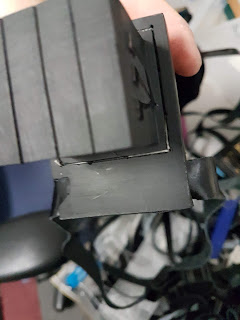Checklist and advice for a Hachnasas Sefer Torah
I am looking for Checklist and advice for a Hachnasas Sefer Torah in a modern orthodox community Here is what I have so far..... Kulmus- best to get one that is long white and fluffy.... Dyo - Eli Gutnick recommends using the (kosher) rapidagraph ink which drys quickly Make sure they are Shomer Shabbos, and vadi are gedolim, if you can't be sure without embarrassing someone have them all just hold your hand. Zev M If someone not shomer shabbos wrote you may need to erase and rewrite,,,,, if the sofer wrote with tevila or at least tevilas Ezra and the owner wants this standard maintained then the person filling in/completing an os should do the same. Yerachmiel Askotzky Paper – harieni kosev leshem kedushas seefer torah – sample below with nikud Transliterated Ask righty – lefty – advise write accordingly- if mixed (pmg posul to be a sofer) then offer to have him hold your hand. Say the wor...

